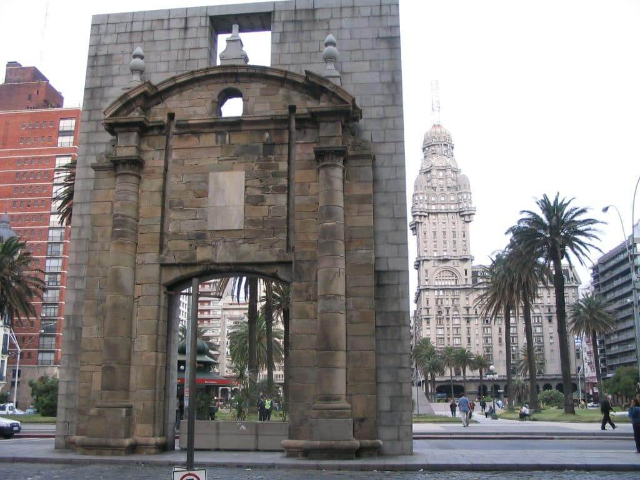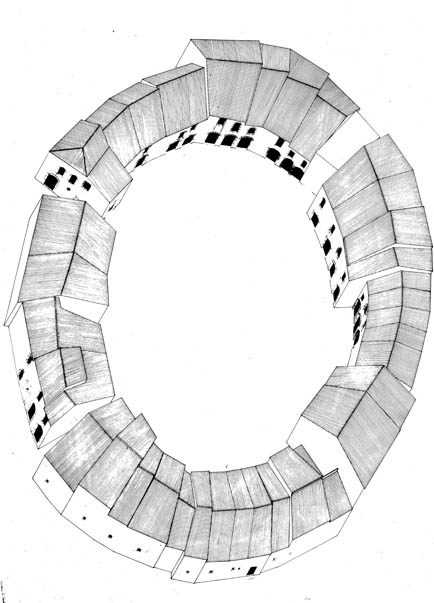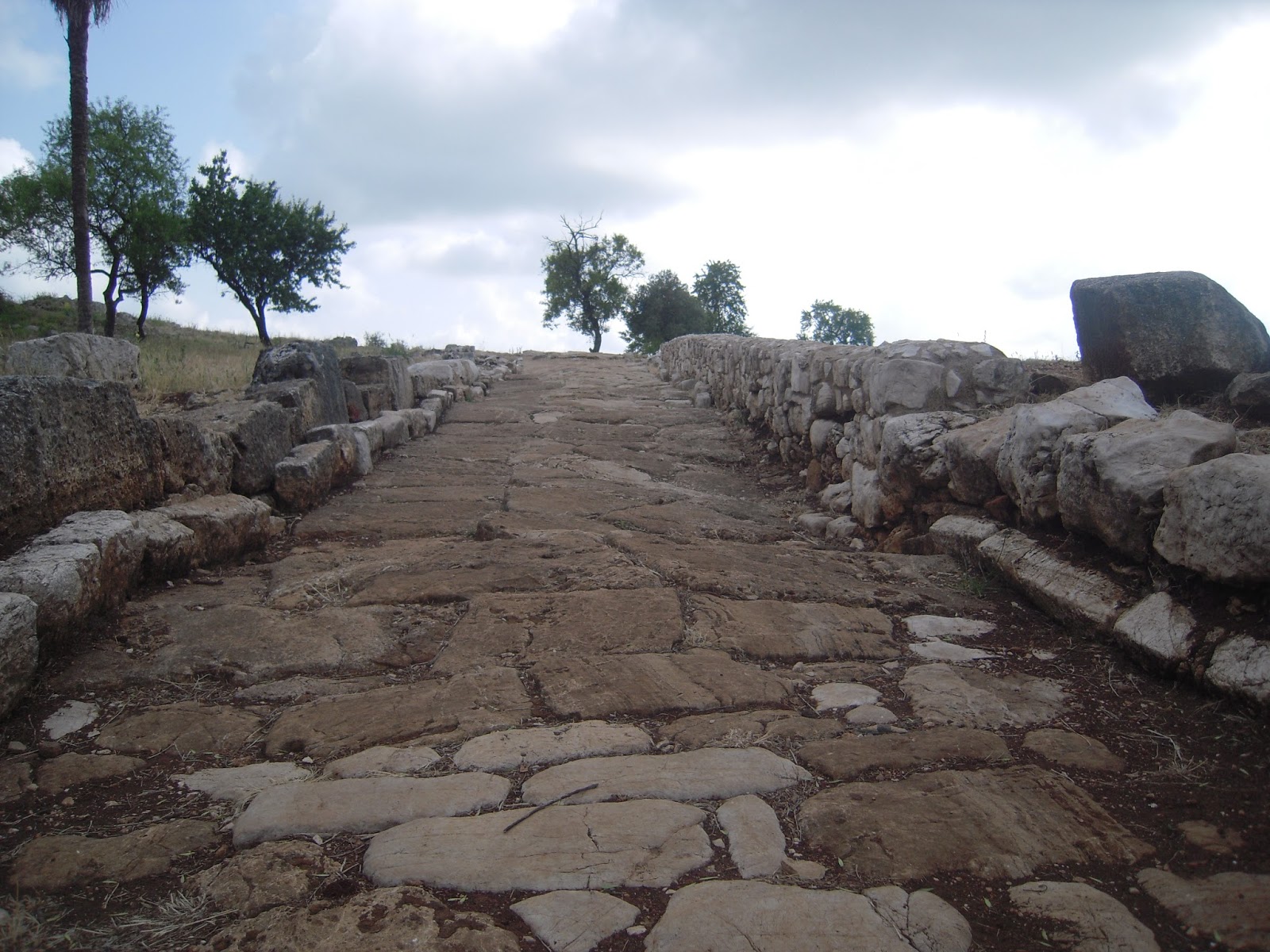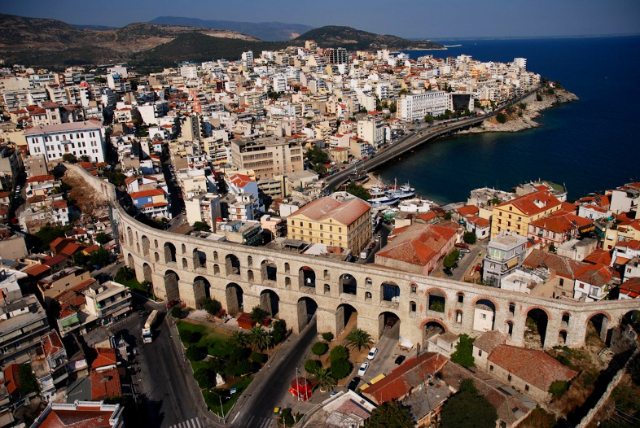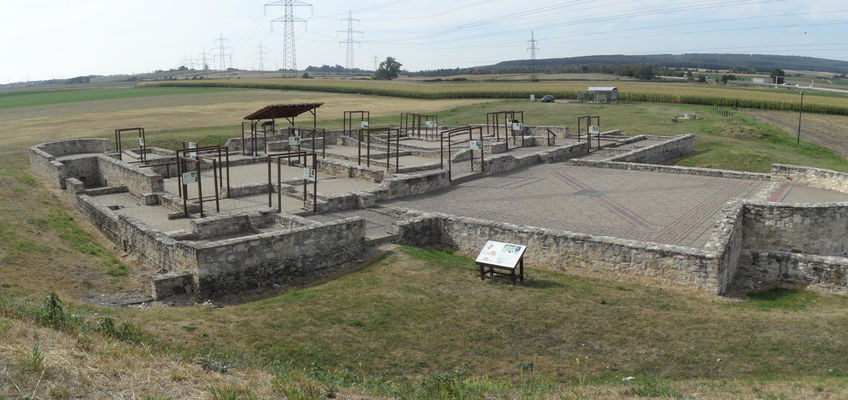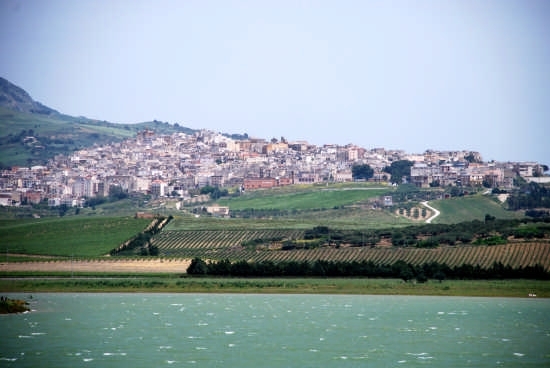The Montevideo Citadel, also known as "La Fortaleza" or "La Ciudadela," is a fortress built by the Spanish in the 18th century to protect the city from pirates and outside invasions. Construction of the fortress began in 1724, when Montevideo was still a small Spanish colony, and lasted nearly 30 years.The Citadel’s architecture is Baroque in style, with thick walls and imposing watchtowers. The fortress occupies an area of about 10 hectares and includes four main gates, each of which was dedicated to a patron saint. In the center of the Citadel is the Plaza de Armas, a large plaza where trials and public executions were carried out.Throughout its history, the Citadel has suffered numerous invasions and attacks. In 1807, the British army attempted to conquer the city and the Citadel was the main target of the assault. However, the Spanish were able to defend the fortress and repel the British attack. This victory was celebrated with a grand military parade that still takes place every year.Another significant event in the history of the Citadel was the 1972 massacre. During Uruguay’s military regime, a group of leftist guerrillas took a number of government officials hostage and kept them imprisoned in the Citadel. After several days of failed negotiations, the Uruguayan army surrounded the fortress and launched an attack. About 100 people, including the guerrillas and hostages, lost their lives in the operation.Today, the Montevideo Citadel is a popular tourist and cultural attraction. The fortress houses the Citadel Museum, where you can see an extensive collection of weapons, uniforms and other historical items related to the fortress and the city’s history. In addition, the Citadel is still used by the Uruguayan army, but parts of the fortress are open to the public and have been converted into cultural spaces, such as theaters and art galleries. The Citadel’s main square is also a popular venue for outdoor concerts and performances.
